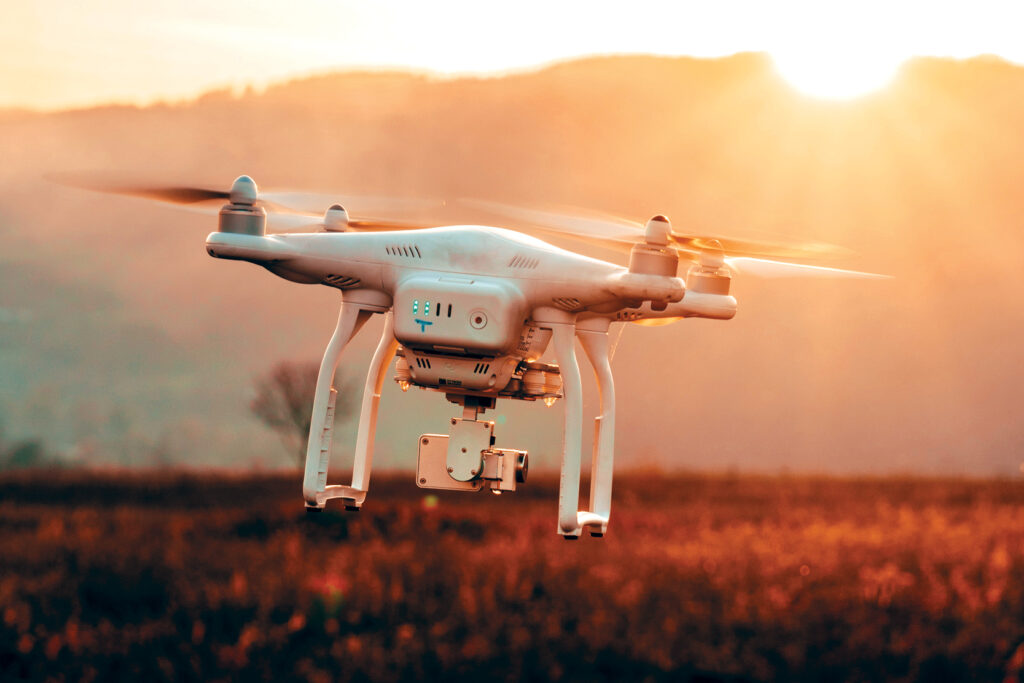The Future of Inspections Takes Flight with Drones
The future of inspections is taking flight, quite literally, with the widespread adoption of drones. Drones have revolutionized the way inspections are conducted across various industries, from agriculture and construction to energy and infrastructure. These unmanned aerial vehicles are equipped with high-resolution cameras and, in some cases, specialized sensors, allowing them to capture detailed images and data from vantage points that were previously inaccessible or costly to reach. This transformative technology not only enhances the efficiency and accuracy of inspections but also improves safety and reduces operational costs. One of the most significant advantages of using drones for inspections is their ability to access remote and hard-to-reach locations with ease. In industries like agriculture, drones can fly over vast fields, collecting data on crop health and identifying areas that may require attention. In the energy sector, drones can inspect power lines, wind turbines, and solar farms, helping companies proactively detect and address maintenance issues.

In construction, they can monitor construction progress, inspect tall structures, and provide real-time site surveys, enhancing project management. In these and many other sectors, drones enable inspectors to reach areas that are otherwise challenging, dangerous, or time-consuming to access. The impact of drones on safety cannot be overstated. Traditional inspection methods often involve sending humans into hazardous environments, such as high-voltage power substations, offshore oil rigs, or unstable structures. By using drones, organizations can significantly reduce the risk to human inspectors. Drones can operate in extreme conditions, including harsh weather, radiation exposure, or toxic atmospheres, without endangering human lives. This not only improves safety but also leads to better decision-making, as inspectors can gather comprehensive data without compromising their well-being. Moreover, drone inspections are cost-effective visit ats lab. Compared to traditional methods that require heavy equipment, scaffolding, or the hiring of specialized personnel, drones are a more economical choice.
They reduce the need for expensive infrastructure, reduce labor costs, and minimize downtime. As technology continues to advance, drones are becoming even more valuable for inspections. Beyond high-resolution cameras, they can be equipped with thermal imaging, LiDAR Light Detection and Ranging, and other sensors to capture a wider range of data. Artificial intelligence and machine learning are also being integrated into drone systems, enabling them to autonomously detect and classify issues in real-time. This not only accelerates the inspection process but also enhances the ability to predict and prevent problems before they escalate. In conclusion, the future of inspections is taking flight with drones, providing safer, more efficient, and cost-effective solutions across a multitude of industries. Their ability to access remote locations, improve safety, and reduce operational costs makes them an indispensable tool for inspection and data collection. As technology continues to advance, the capabilities of drones will only expand, further solidifying their role as a game-changer in the world of inspections.
